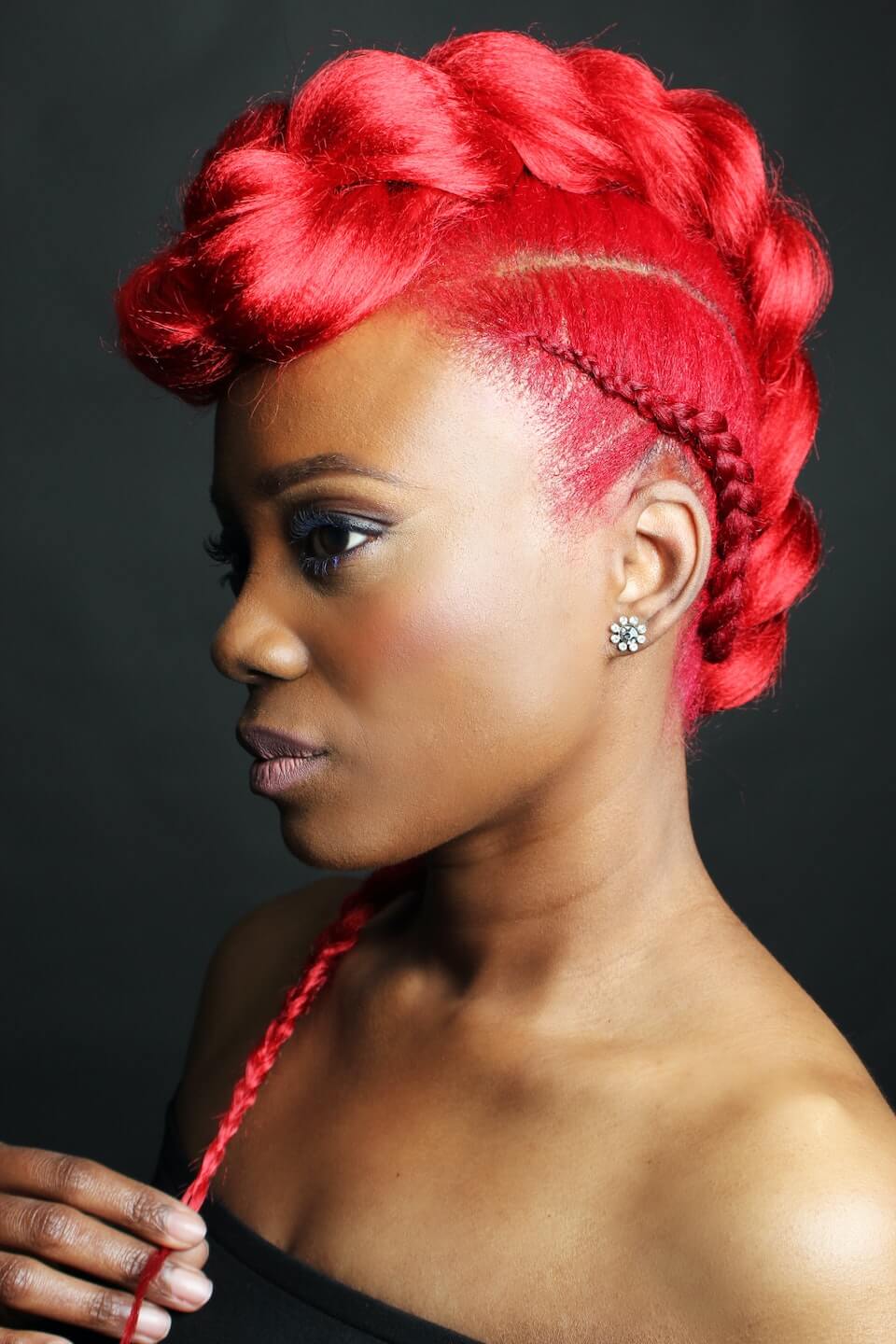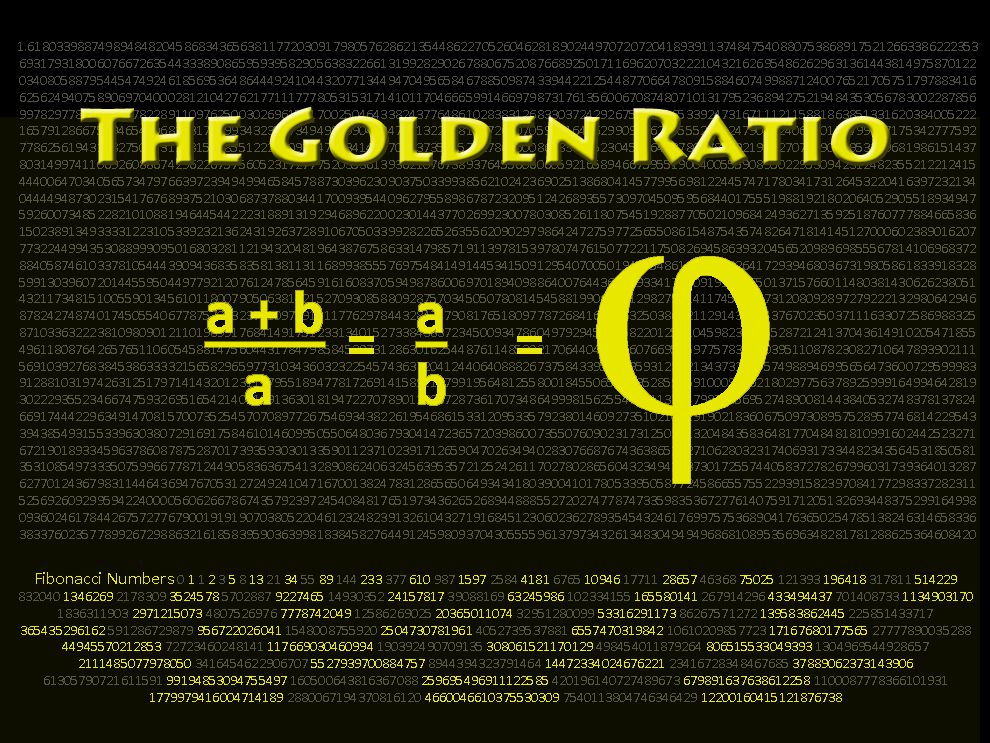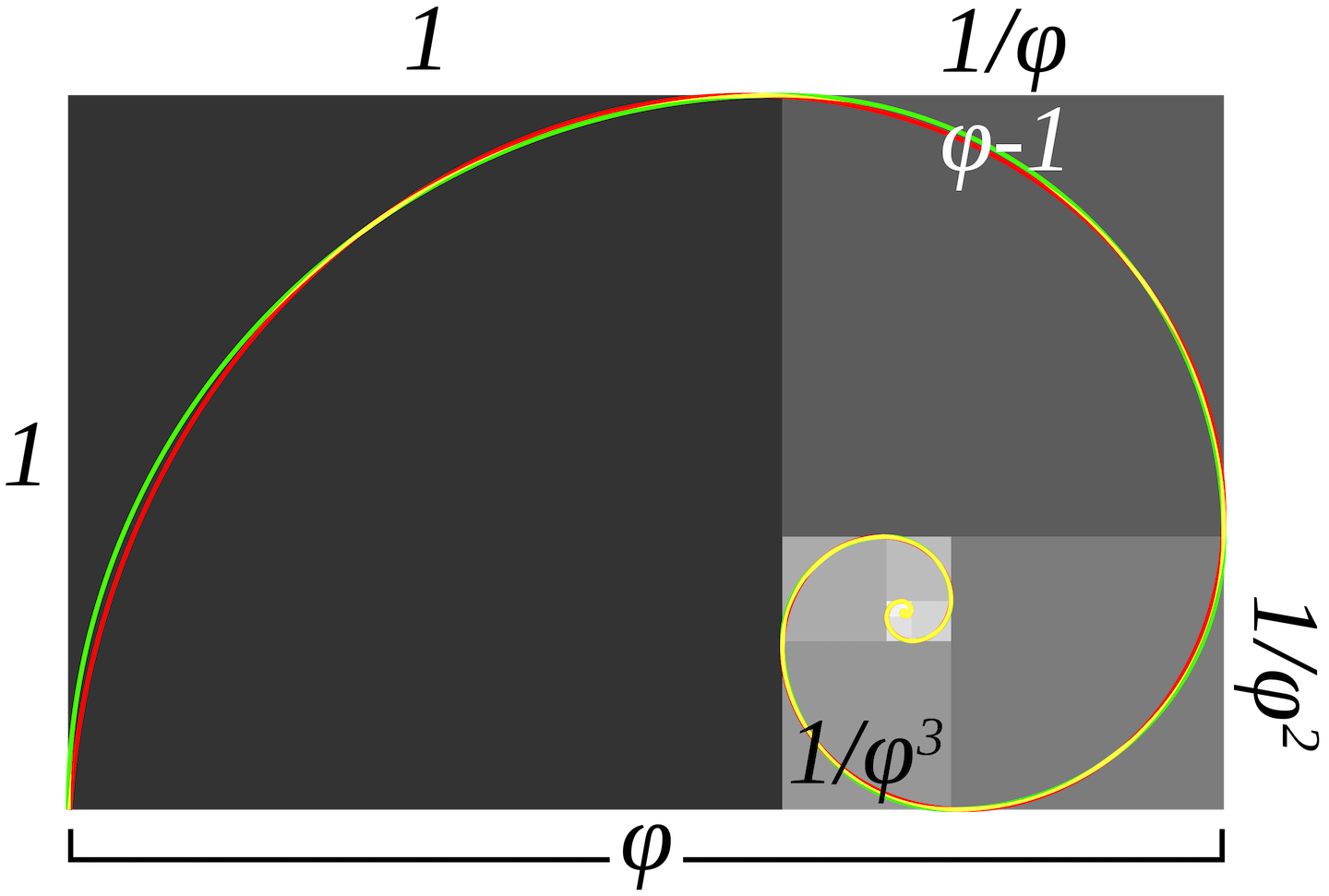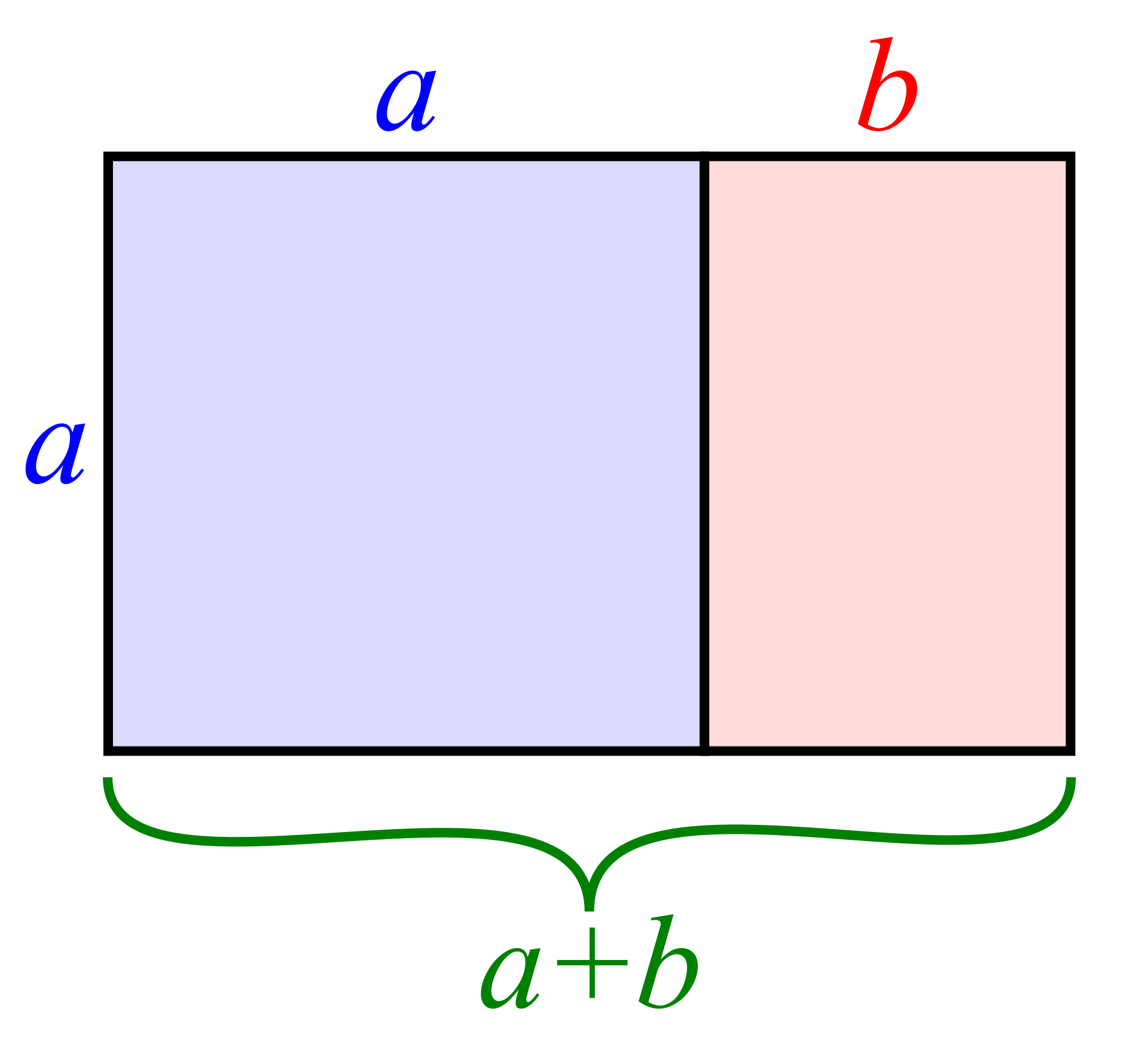Introduction

The idea for Good Design Is came in 2019.
My original drawing, which is, sadly, lost, micmicked the Golden (Ratio) Spiral. This mimicry was unintended at the time.1
What I present below, instead, is a one-year apart redrawing. I really wanted to share a hand-drawn graphic before a tech one, to approximate the Ratio. Deliberate this time.
In the rest of this Introduction, I take a few sections to answer such key questions as:

Why Golden Ratio?
Nature has only one pattern - spiral. Tender or turbulent, plant tendril or powerful tornado, organic patterns all tend toward spiral. Why, you ask?
Spiral may denote growth and endlesses - from a small center, life emanates, swirls on, self-perpetuating spectacularly. Mere growth or spectacular display, though, aren't nature's very reason to arrange by spiraling.





By design - making anything work satisfactorily - nature is parsimonious, picking the spiral arrangement to grow, scale, and stabilize with the least amount of energy. Quite purposeful and thoughtful, I hear you say?
While nature is lacing its components intricately, we see the completed pattern as attractive, pleasant. Worthy of mimicry.
We know too that forming objects according to a spiral movement helps us use less resources, build more stable structures, and conserve space. We see this in rope-rigging, hair-braiding, staircase building, a million more applications.
The Golden Ratio (Angle, Mean, Section, Rectangle) is how we model this natural phenomenon with mathematical precision. We needed a way to never miss it in our own creations. When we have proportioned our works to this mathematic, the results are quite the aesthetic - win-win, yeah?



The Golden Ratio is observed in a set of repeating shapes that share the same rather fixed aspect ratio (ratio of width to height). So if you picture a golden (or perfect) rectangle, it is the sum of a square cut from it and another golden rectangle, and on and on - a never-ending scenic sequence.2
Mathematically, the golden ratio is the result from 'the sum of two successive numbers (a, b) divided by the larger number (a) which equates to the ratio of the larger number divided by the smaller number (a/b).' (National Geographic)

If you keep forming these rectangles, starting from the smallest unit and stacking around, you'll be traversing a spiral, a golden spiral, which great minds approximate formation of everything to.
Of course, this spiral may not always be apparent, doesn't have to be, but this ratio, this golden proportion, when it guides the arrangement of elements makes for perfect formations and rather striking visuals.


Now the desire of this book is to answer the question, "what do we hold against every design in order to call it good?" Or, really, what set of principles, which are known facets of good design, may we hold in mind when "designing" anything, that is, making anything work satisfactorily, in order to achieve that ultimate aim of - it is good, it works, it looks good, I love it?
Since the golden ratio holds such precise approximation to all perfect designs of nature, I had no other more befitting model to work with.
What Design?
That said, what design does this book address? Well, all design because everything is design. You may read all the details of my summation here.
Think about it this way: the goal of everything is "satisfaction" - it should do what it says it does in a way that fully satisfies whomever it is intended for. If it does it can be said to be "good". For then it will meet most if not all of the rather nuanced qualities that are inherent to any conception or fabrication that work satisfactorily. That is design.
So, am I about to teach you how to design anything? Let's see.
What Is Good Design Is?
Good Design Is is a book, course, and life's work by yours truly - Kabolobari Benakole. In just a bit, I'll lay out what the book is not. So do see it for what it is:
As a book, it's available free online. In portable formats, such as print, pdf, and epub, it's sold at a small fee. As a course, it is available as a collection of on-demand videos, offering a Good Design Is™ Certified certificate at the end of taking it.
What this Book Is Not
Now, what shouldn't you expect from this book? Good Design Is:
You get the idea?
Lifetime Benefits
Therefore, let me be specific what you stand to gain from this book (really, this work if you eventually take the course or are on a team I guide).